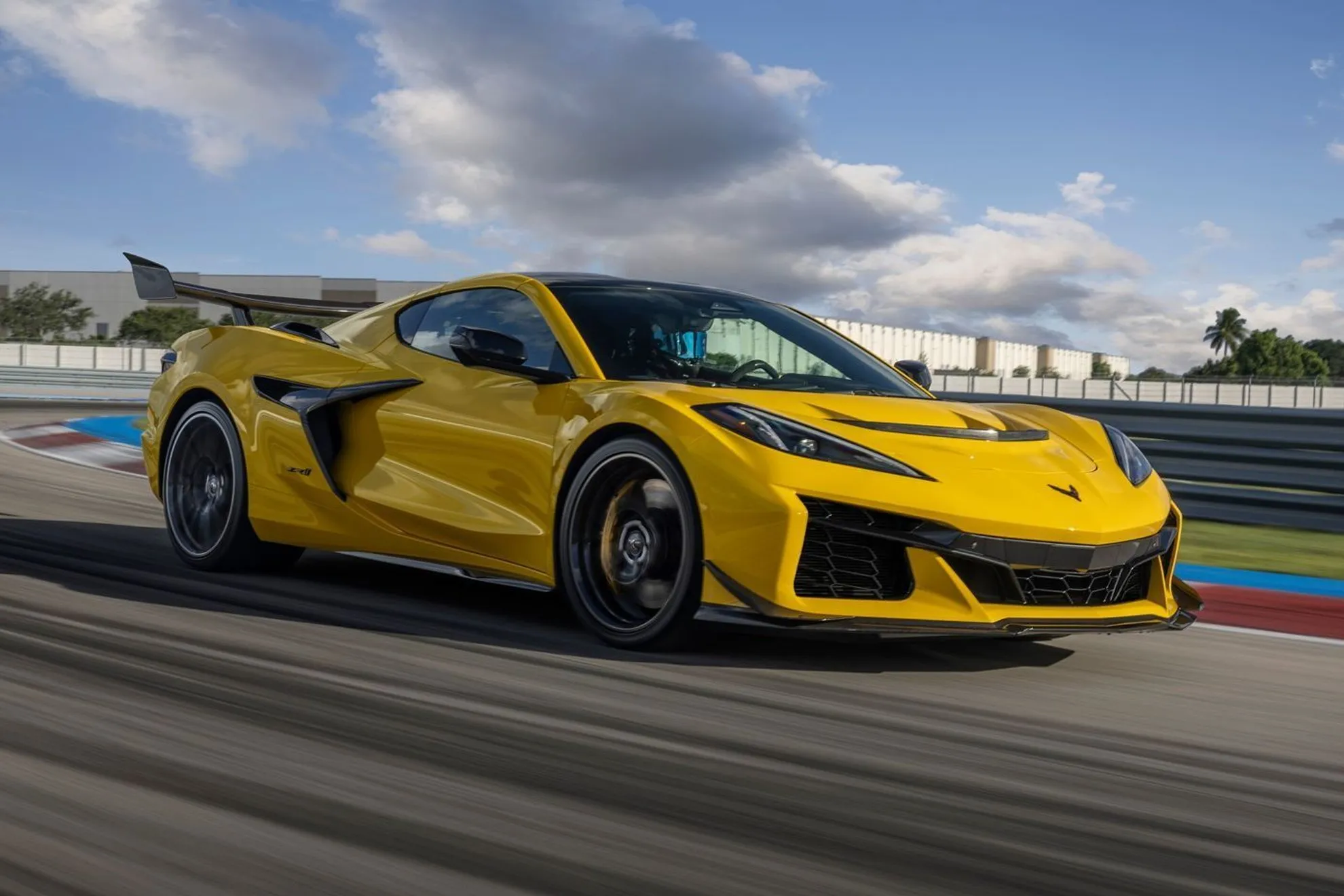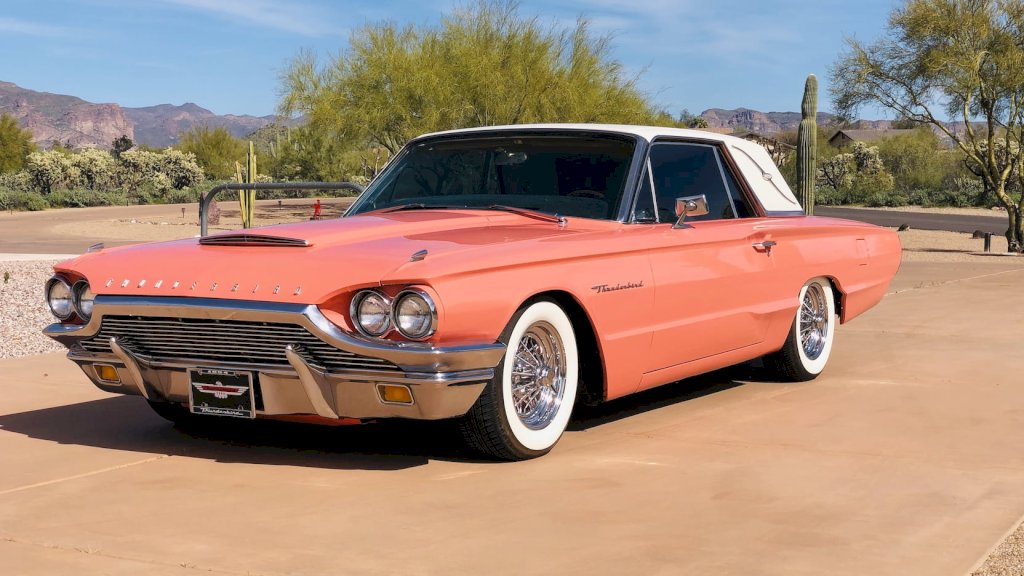The Nissan 300ZX is a storied sports car that enjoyed a successful run from 1983 to 2000, earning respect and admiration from automotive enthusiasts around the world.
From its inception as the Z31 model to its final iteration as the Z32, the 300ZX consistently pushed the boundaries of performance, design, and innovation. In this article, we will explore the evolution of the Nissan 300ZX, its impact on the automotive industry, and the enduring legacy of this iconic Japanese sports car.
1. The Z31 Generation (1983-1989): A New Chapter in the Z Car Story
The Nissan 300ZX made its debut in 1983 as the Z31 generation, marking a new chapter in the Z car story that began with the legendary Datsun 240Z in 1969. The Z31 was a significant departure from its predecessors, featuring a more angular and aggressive design that reflected the aesthetic sensibilities of the 1980s.
2. The Z32 Generation (1989-2000): A Modern Sports Car Icon
The Nissan 300ZX entered a new era in 1989 with the introduction of the Z32 generation, a sleek and modern sports car that took the world by storm. The Z32 featured a striking new design with smooth, flowing lines and a low, wide stance that exuded speed and power. The car's performance was equally impressive, thanks to its advanced engineering and technological innovations.
-1686387594x1024.jpg)
3. Detail Design
The design of the Nissan 300ZX evolved throughout its production years from 1983 to 2000. Here is a detailed breakdown of its design features:
Exterior
The 300ZX had a distinct and aerodynamic exterior design that contributed to its sporty and aggressive stance. Its sleek lines, low-slung profile, and sculpted bodywork were designed to reduce drag and improve aerodynamic efficiency. The early models (1983-1989) featured a boxy and angular design, with sharp edges and defined lines.
-1686387617x1024.jpg)
From 1990 onwards, the design evolved, adopting a smoother and more rounded shape, in line with the design trends of the time. The 300ZX had a long and pronounced hood that emphasized the car's performance capabilities.
The front end showcased pop-up headlights that provided a distinctive look and improved aerodynamics when closed. The rear end featured a sloping rear hatch, integrated rear spoiler, and wraparound taillights, giving the car a dynamic and modern appearance.
Body and Dimensions
The 300ZX had a two-door coupe body style throughout its production years, emphasizing its sporty nature. It had a relatively low height and wide stance, contributing to stability and handling performance. The overall length of the 300ZX varied slightly between model years, ranging from approximately 169 inches (4.29 meters) to 176 inches (4.47 meters). The car's width ranged from around 66 inches (1.68 meters) to 70 inches (1.78 meters), depending on the specific model and year.
Interior
The interior of the 300ZX was driver-focused and designed to enhance the overall driving experience. The dashboard featured a clean and functional layout, with easily accessible controls and gauges. The center console was ergonomically designed and housed various features and controls.
The seating arrangement consisted of supportive bucket seats for both the driver and passenger, providing a comfortable and engaging driving position. The materials used in the interior varied depending on the trim level and options chosen, ranging from cloth upholstery to leather in higher-end models. The cabin offered sufficient headroom and legroom for the occupants, considering it was a sports car.
Wheels and Tires
The 300ZX featured a range of wheel designs and sizes throughout its production years. The wheel sizes varied from 15 inches to 17 inches, with different styles available, including multi-spoke and alloy designs. The tire sizes also varied based on the specific model and year, typically ranging from 205/60R15 to 245/45R17.
Special Editions and Upgrades
Nissan introduced several special editions and performance upgrades for the 300ZX throughout its production years. These editions often featured unique exterior enhancements such as special paint colors, body kits, and badges. Higher-performance models like the 300ZX Turbo showcased additional aerodynamic features, including front air dams and rear spoilers, to improve downforce and stability at high speeds.
-1686387684.jpg)
Overall, the design of the Nissan 300ZX showcased its commitment to aerodynamics, performance, and modern styling. From its aerodynamic exterior with pop-up headlights to its driver-focused interior, the 300ZX epitomized the spirit of a true sports car.
4. Engine and Performance
The Nissan 300ZX, produced from 1983 to 2000, offered various engine options and delivered impressive performance throughout its production years. Let's delve into the engine details and performance characteristics of the 1983-2000 Nissan 300ZX:
First Generation (1983-1989)
Engine: The early models of the 300ZX were equipped with a naturally aspirated 3.0-liter V6 engine, known as the VG30E.
Performance: The VG30E engine produced around 160 horsepower and 173 lb-ft of torque.
-1686387813x1024.jpg)
Acceleration: The early 300ZX models with the VG30E engine could achieve a 0-60 mph time of approximately 8 seconds.
Top Speed: These models had a top speed ranging from 125 to 135 mph (201 to 217 km/h), depending on the specific model and configuration.
Second Generation (1990-1996)
Engine: The second-generation 300ZX introduced the twin-turbocharged engine, known as the VG30DETT, alongside the naturally aspirated VG30DE engine.
VG30DE Engine Performance: The naturally aspirated VG30DE engine produced around 222 horsepower and 198 lb-ft of torque.
VG30DETT Engine Performance: The twin-turbocharged VG30DETT engine generated approximately 300 horsepower and 283 lb-ft of torque.
-1686387730x1024.jpg)
Acceleration: The 300ZX models with the VG30DETT engine could achieve a 0-60 mph time in the range of 5 to 6 seconds.
Top Speed: These models had a top speed ranging from 155 to 160 mph (250 to 257 km/h), depending on the specific model and configuration.
Third Generation (1996-2000)
Engine: The third-generation 300ZX featured similar engine options to the second generation, with the VG30DE and VG30DETT engines.
Performance: The performance characteristics of the engines remained largely unchanged from the second generation.
Acceleration: The 300ZX models with the VG30DETT engine maintained the 0-60 mph time of approximately 5 to 6 seconds.
-1686387790.jpg)
Top Speed: The top speed of these models also remained in the range of 155 to 160 mph (250 to 257 km/h).
It's important to note that the performance figures mentioned above are approximate and can vary depending on factors such as specific model year, transmission type, optional upgrades, and driving conditions.
Overall, the Nissan 300ZX offered impressive performance for its time, especially in the twin-turbocharged VG30DETT configuration. The combination of powerful engines, aerodynamic design, and rear-wheel drive layout contributed to the 300ZX's reputation as a high-performance sports car.
5. The Impact of the Nissan 300ZX on the Automotive Industry
As a true innovator in performance, design, and technology, the Nissan 300ZX left a lasting impact on the automotive industry. Its advanced engineering, such as the twin-turbocharged V6 engine and sophisticated suspension systems, set new standards for sports car performance and handling.
The 300ZX's bold and modern design also influenced a generation of sports cars, with its sleek lines and aggressive stance inspiring a wave of imitators. Its innovative use of technology, such as the HICAS four-wheel steering system and digital instrumentation, further cemented itsstatus as a pioneer in the industry.
-1686387860.jpg)
Additionally, the Nissan 300ZX played a significant role in popularizing Japanese sports cars in the global market, particularly in the United States. Alongside other iconic Japanese performance cars like the Toyota Supra and Mazda RX-7, the 300ZX helped to establish Japan as a major player in the high-performance sports car segment.
6. The Enduring Legacy of the Nissan 300ZX
Today, the Nissan 300ZX remains a cherished classic among automotive enthusiasts, with its unique combination of performance, design, and technology ensuring its enduring appeal. The Z31 and Z32 generations are both highly sought after by collectors and tuners alike, with well-maintained examples commanding high prices in the market.
-1686387875x1024.jpg)
The 300ZX's legacy can also be seen in the continued success of Nissan's Z car series, which has evolved over the years to include the 350Z, 370Z, and the latest generation, the Z Proto. Each new iteration of the Z car pays homage to the 300ZX in some way, reflecting its lasting influence on the brand and the sports car world at large.
The Nissan 300ZX was a groundbreaking sports car that pushed the boundaries of performance, design, and innovation from 1983 to 2000. Its impact on the automotive industry is still felt today, with its legacy living on through the continued success of the Nissan Z car series and the enduring admiration of automotive enthusiasts worldwide. As you optimize your content for SEO and share the story of the 300ZX with a new generation of car lovers, you'll be helping to preserve the rich history and timeless appeal of this iconic Japanese sports car.
7. Advanced Technology and Features
The Nissan 300ZX was not only a formidable sports car in terms of performance but also a pioneer in incorporating advanced technology and features. Some of the notable technological innovations found in the 300ZX include:
Digital Instrument Cluster
The Z31 generation was one of the early adopters of digital instrumentation, offering drivers a futuristic and visually appealing display that provided critical information at a glance.
Nissan Voice Warning System
This innovative feature, available in the Z31 generation, used a synthesized voice to alert the driver to various vehicle conditions, such as low fuel, open doors, or unfastened seatbelts. While it may seem commonplace today, it was cutting-edge technology for the 1980s.
Super HICAS
The 300ZX Z32 was equipped with an advanced version of the HICAS four-wheel steering system called Super HICAS. This system provided more precise control during high-speed cornering and improved overall handling.
Traction Control System
The Z32 300ZX Twin Turbo models came with a traction control system that helped maintain grip and stability during acceleration, particularly on slippery surfaces. This feature was quite advanced for its time and contributed to the car's excellent performance.
-1686387927.jpg)
8. Special Editions and Variants
Throughout its history, the Nissan 300ZX saw several special editions and variants, many of which are highly sought after by collectors today. Some notable examples include:
50th Anniversary Edition
In 1984, Nissan celebrated its 50th anniversary by releasing a limited-edition version of the 300ZX Turbo. This special edition featured unique badging, two-tone paint, and special interior trim, as well as a host of technological upgrades, such as a body sonar system and a digital instrument cluster.
-1686387943x1024.jpg)
300ZX Shiro Special Edition
Released in 1988 for the Z31 generation, the Shiro Special Edition was a performance-oriented model with several enhancements, including a limited-slip differential, stiffer suspension, and Recaro seats. The car was finished in a distinctive Pearl White paint, giving it the name "Shiro," which means "white" in Japanese.
-1686387958.jpg)
Convertible
Introduced in 1992, the 300ZX Convertible added open-top motoring to the Z32 lineup. It featured a power-operated soft top and a unique rear deck design to accommodate the folding roof mechanism.
1995 300ZX Commemorative Edition
To celebrate the end of the 300ZX's production run in the United States, Nissan released the Commemorative Edition in 1995. This special edition featured unique badging, a numbered plaque, and exclusive color options.
-1686387978.jpg)
9. Motorsports and Achievements
The Nissan 300ZX also enjoyed success in the world of motorsports, particularly during the 1990s. Some of its most notable achievements include:
IMSA GTO Championship
In 1990, the 300ZX, driven by Steve Millen, won the prestigious IMSA GTO championship, showcasing the car's performance capabilities on the track.

24 Hours of Daytona
The 300ZX achieved overall victory in the 1994 24 Hours of Daytona, a grueling endurance race that tests the limits of both drivers and machines.

12 Hours of Sebring
In the same year, 1994, the 300ZX also claimed victory in the 12 Hours of Sebring, another prestigious endurance race, further cementing its reputation as a formidable competitor in motorsports.

The Nissan 300ZX's performance on the track served to reinforce its status as a high-performance sports car and further contributed to its legacy as an icon in the automotive world.
-1686387539.jpg)

